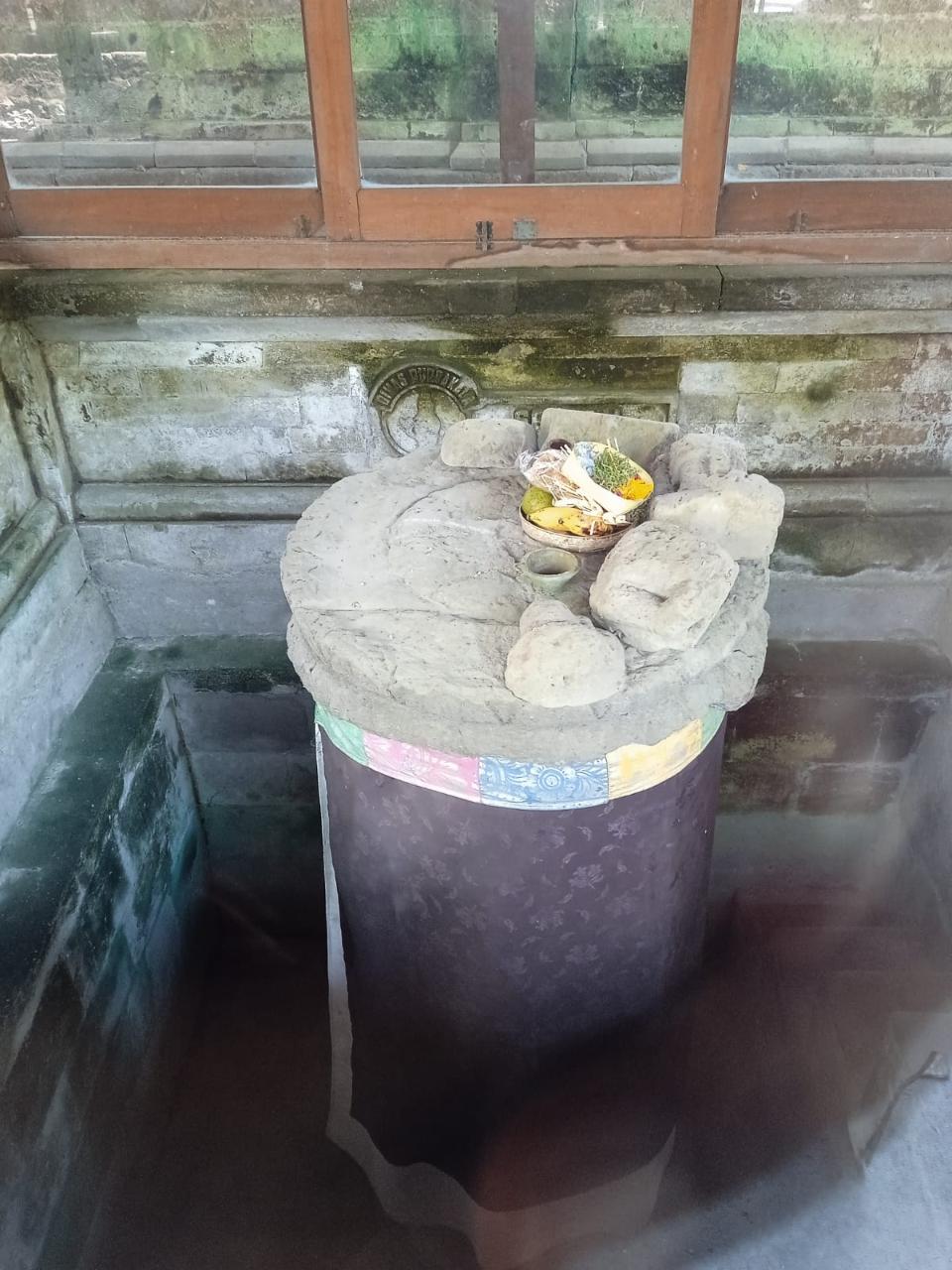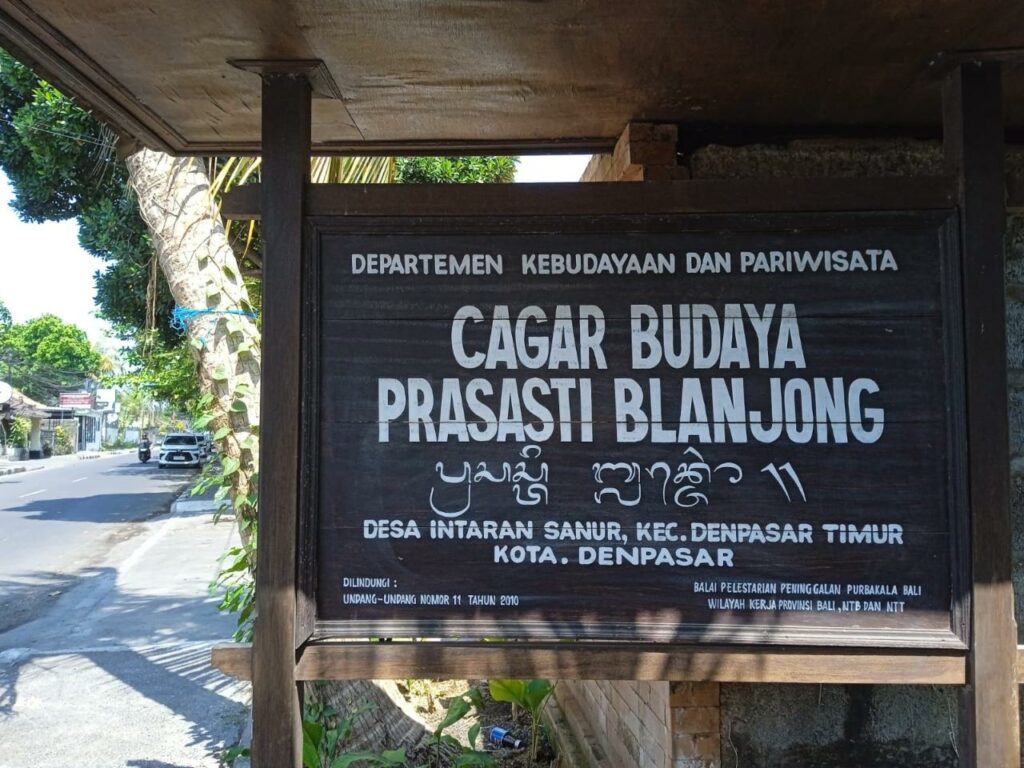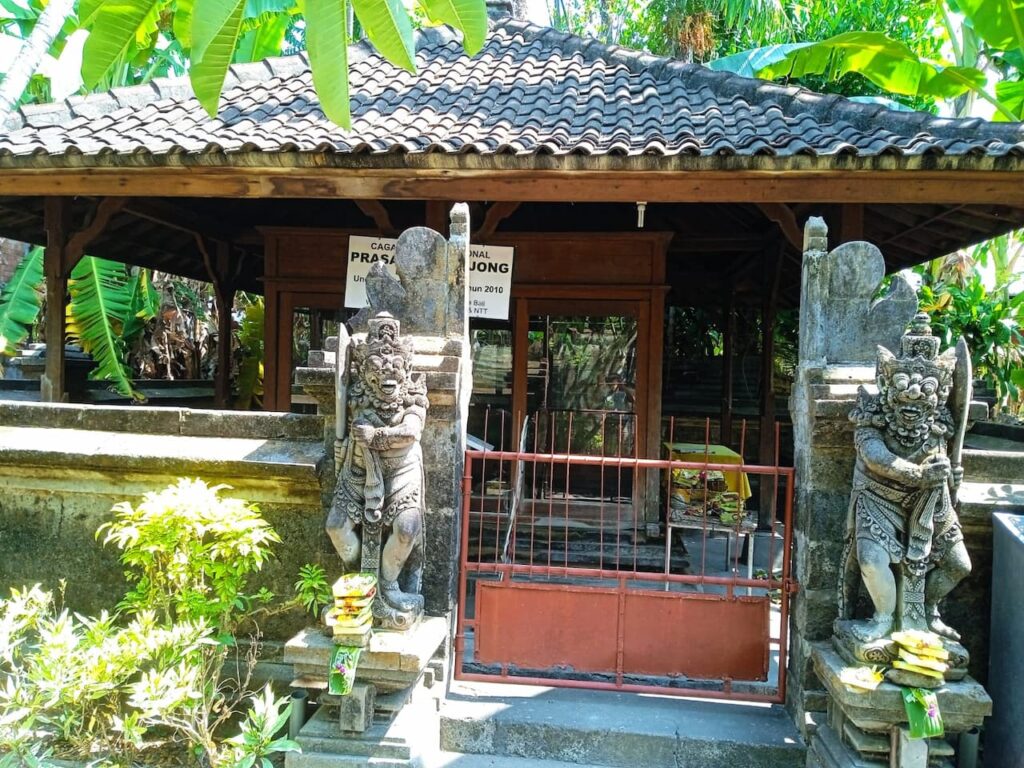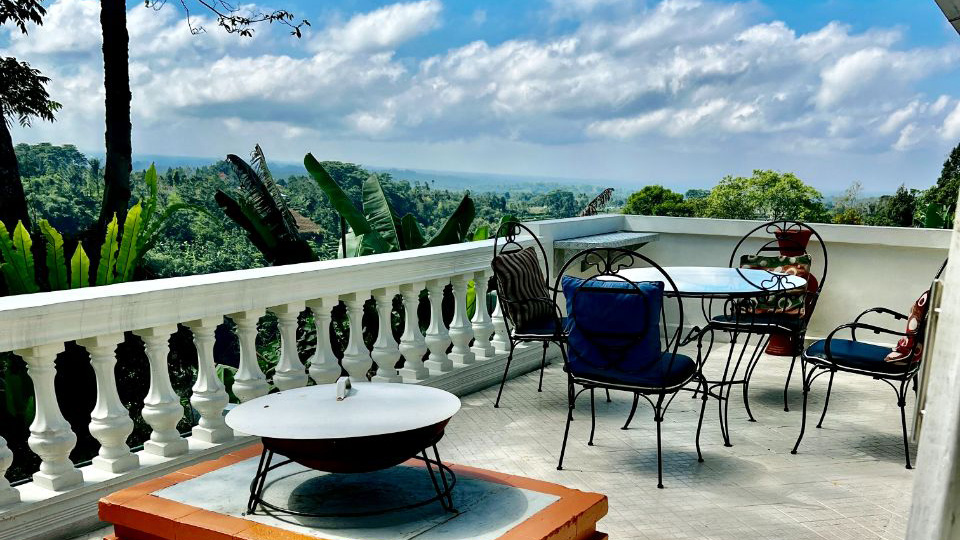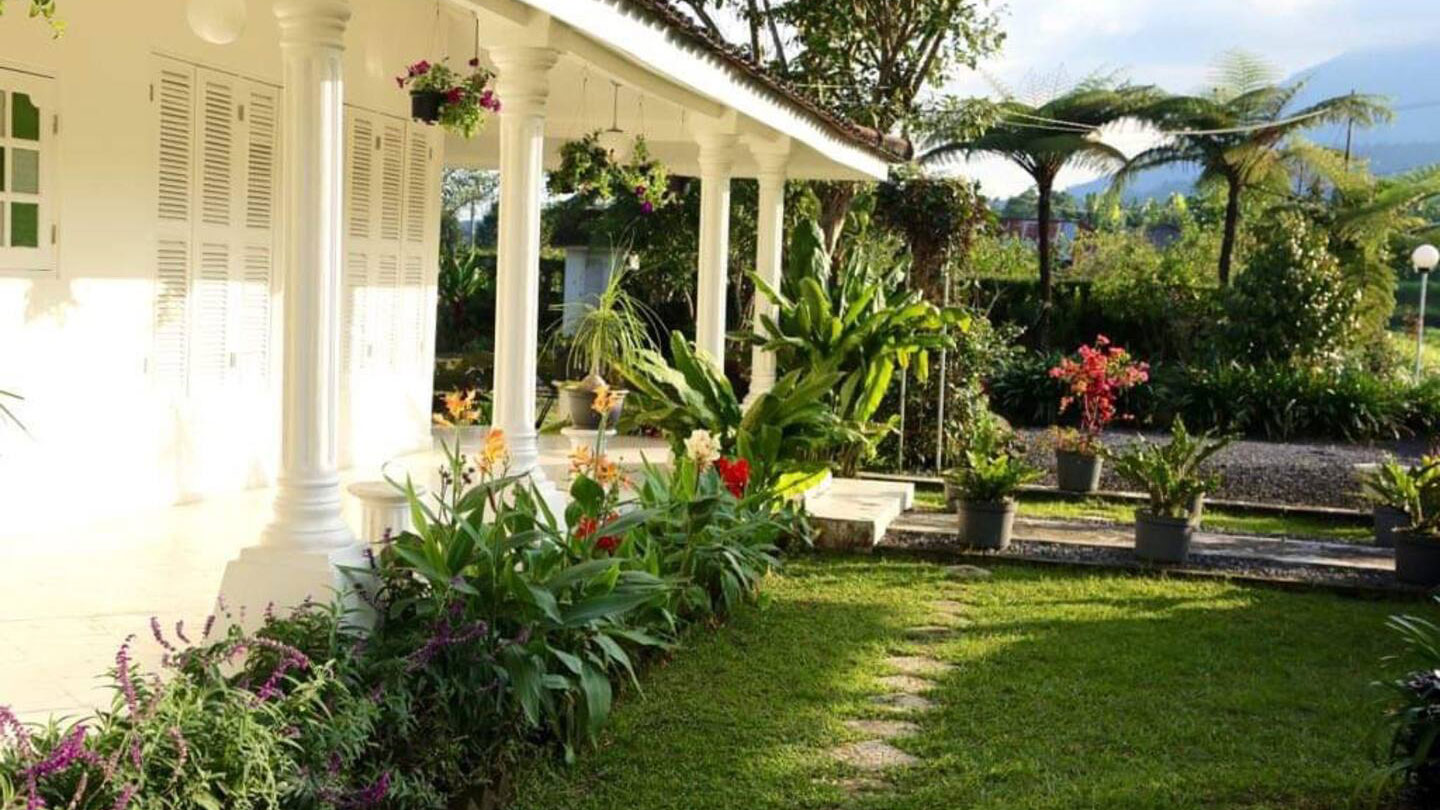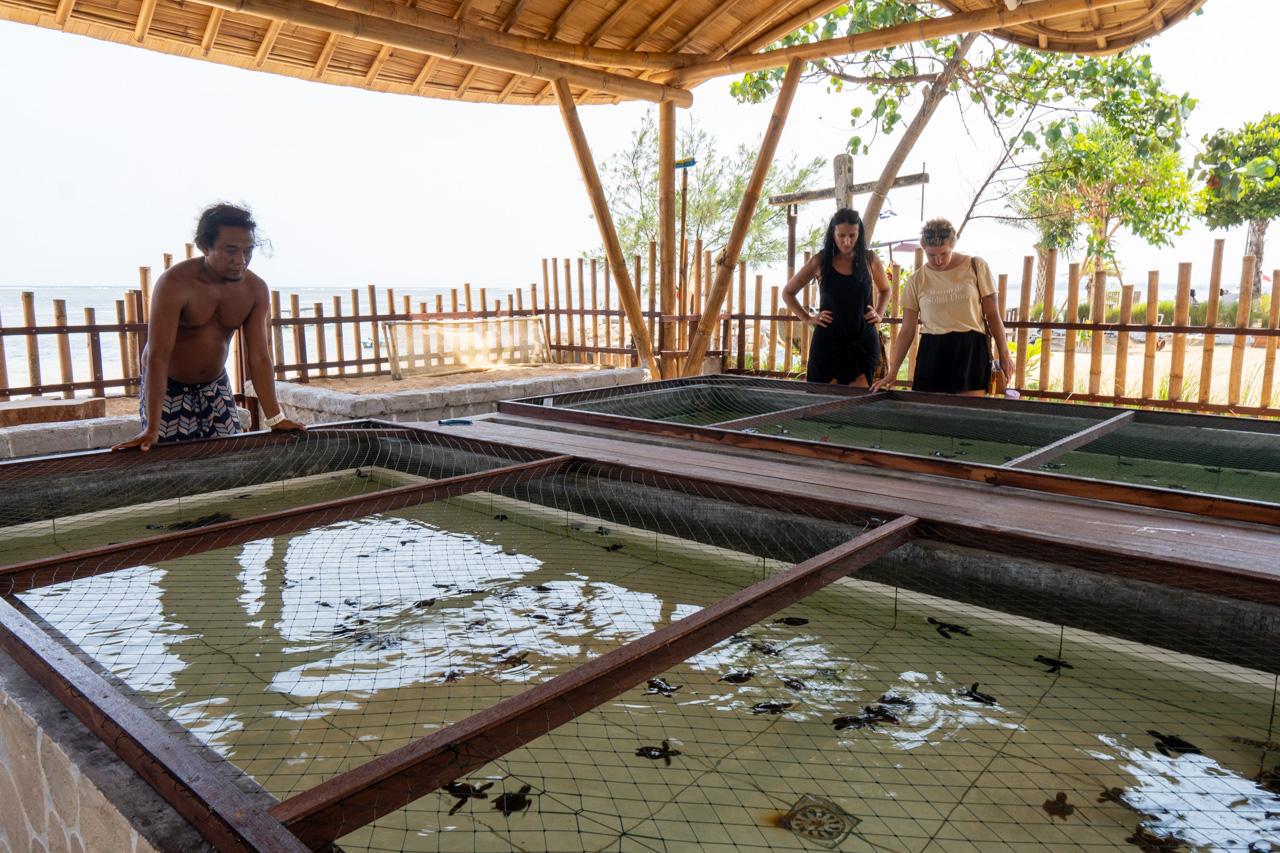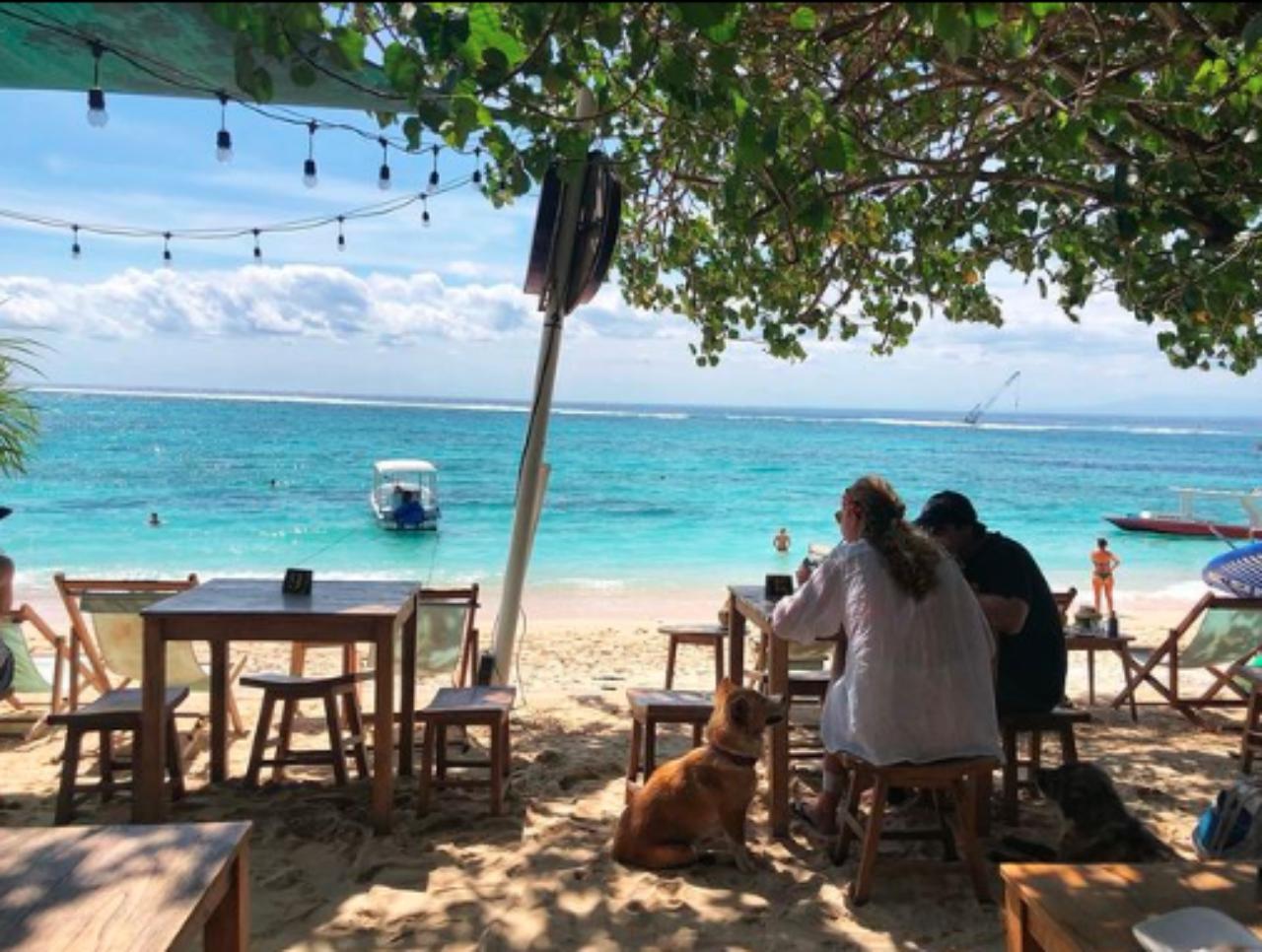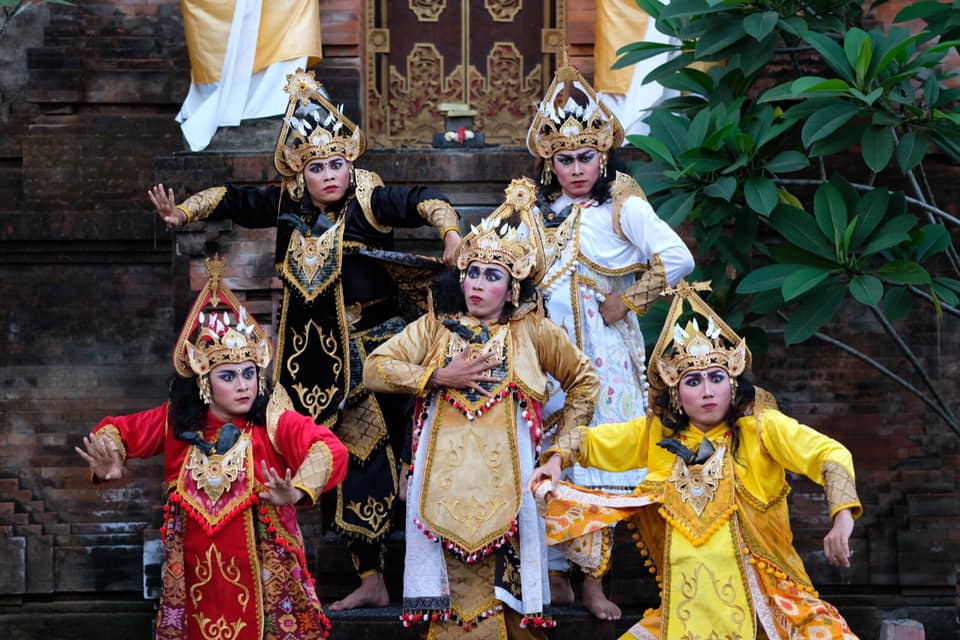The inscription located at Pura Blanjong, Sanur, is made from a solid stone, in the form of a stone pillar with a lotus shape on the top. The 177 cm high and 62 cm diameter historical pillar is well-preserved and is kept inside a protective pavilion to prevent further damage from weather. Visitors can view the inscription when they visit Blanjong Temple in Sanur.
The site may be small and hidden, but the significance of this inscription certainly is substantial because it provides valuable historical and epigraphic information about Bali during the period of King Warmadewa, the historical ruling dynasty that reigned in Bali in the 10th century CE.
Under the Warmadewa rulers, Bali saw the consolidation of political power, and established a powerful dynasty. It controlled various regions and principalities, which contributed to the political unity of Bali. Its politics power is reflected in the contents of the inscription which states that the king had succeeded in defeating his enemies in the desert (possibly Nusa Penida) and in Swal (possibly Ketewel) – indicates that the King’s power was quite extensive and probably covered the entire Bali region. The inscription also contains a curse (sapata) directed to people who violate the contents of the inscription. It shows that King Warmadewa ruled firmly and wisely and upheld the supremacy of the law.
The Blanjong Inscription is dated to the year 913 CE, making it one of the earliest known inscriptions in Bali. This makes it a crucial historical artifact for understanding the island’s early history. This site has been registered as a cultural heritage and has been conserved several times and has had protective shelter.
<< If you liked this article, you may also like our other articles >>
To chat with our marketing partner about your business, please contact The Travellist
